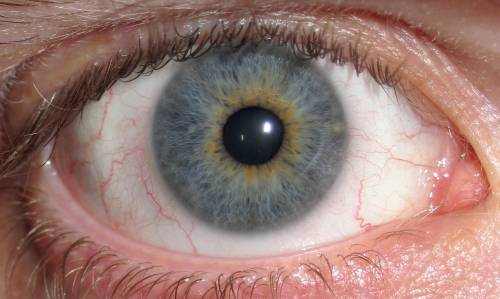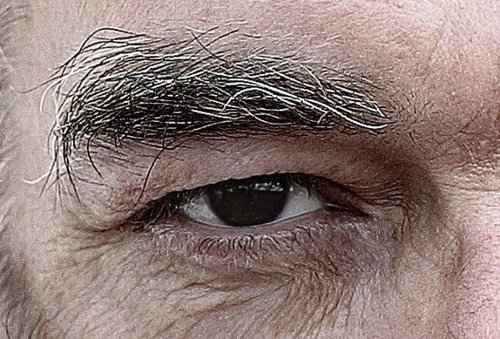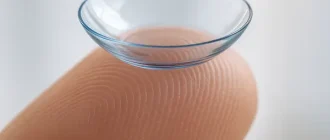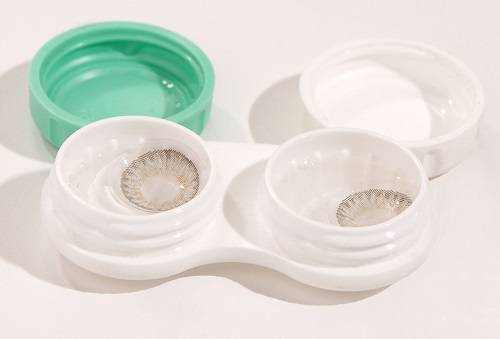The world of vision correction is evolving, and multifocal supplementary lenses are at the forefront of this revolution. These advanced lenses allow for seamless, crystal-clear sight at any distance—near, far, and everything in between—eliminating the hassle of switching glasses. With groundbreaking innovations enhancing both comfort and functionality, multifocal lenses are transforming the way people with presbyopia and other vision conditions experience daily life.
Adoption Rate of Multifocal Supplementary Lenses
The chart illustrates the increasing adoption rate of multifocal supplementary lenses over the past years, indicating a strong upward trend in their popularity and acceptance.
Understanding Multifocal Supplementary Lenses
Multifocal supplementary lenses are specialized optical devices that offer multiple focal points within a single lens. Unlike traditional monofocal lenses, which focus on a single distance, multifocal lenses enable clear vision at near, intermediate, and far distances. This multifocal capability is particularly beneficial for individuals with presbyopia, a condition commonly associated with aging that affects the eye’s ability to focus on close objects.
Case Study: A 52-year-old teacher, struggled with presbyopia and found herself constantly switching between reading glasses and distance glasses. After consulting her ophthalmologist, she opted for multifocal lenses and reported a significant improvement in her ability to transition between board reading and grading papers without needing extra eyewear.
Recent Developments
1. Enhanced Lens Designs
Manufacturers have introduced advanced multifocal lens designs that improve visual performance and comfort. For instance, CooperVision’s clariti® 1 day multifocal 3 Add contact lenses feature the Binocular Progressive System®, catering to various levels of presbyopia and providing optimal visual acuity at all distances. The lens also incorporates an upgraded edge design and WetLoc® Technology to ensure all-day comfort.
Case Study: A 60-year-old engineer, had difficulty adjusting to traditional progressive lenses. After switching to enhanced multifocal contact lenses, he experienced better clarity at intermediate distances, which was crucial for his work with detailed blueprints and computer screens.
2. Improved Scleral Lenses
Advancements in scleral lens technology have addressed issues such as lens decentration. New designs offer better centration and stability, enhancing visual outcomes for patients requiring scleral lenses. These improvements ensure greater clarity and reduced discomfort, making scleral lenses a viable option for more individuals.
3. Innovative Intraocular Lenses (IOLs)
The development of new multifocal intraocular lenses (IOLs) has provided patients with more options for presbyopia correction. These lenses aim to offer clear vision at various distances, reducing dependence on glasses after cataract surgery. Innovations in IOL technology continue to enhance patient satisfaction by improving contrast sensitivity and minimizing visual disturbances.
Case Study: A 70-year-old retired pilot, underwent cataract surgery and opted for multifocal IOLs. He was thrilled to regain clear vision at all distances without relying on glasses, allowing him to continue enjoying his passion for flying small planes.
Benefits of Multifocal Supplementary Lenses
- Reduced Dependence on Glasses: By providing clear vision across multiple distances, these lenses minimize the need for additional corrective eyewear.
- Enhanced Quality of Life: Patients experience greater convenience and improved visual satisfaction in daily activities, such as reading, driving, and computer use.
- Technological Integration: Modern multifocal lenses often incorporate advanced materials and designs that enhance comfort and visual clarity.
Reduction in Dependence on Glasses
| Lens Type | Glasses Independence (%) |
|---|---|
| Multifocal Lenses | 85% |
This chart shows the percentage of users who no longer need glasses after receiving multifocal lenses. Recent studies indicate that 85% of patients achieve significant independence from glasses, enhancing their quality of life.
Considerations
While multifocal supplementary lenses offer numerous advantages, it’s essential to consider individual patient needs and potential visual disturbances, such as glare or halos, which some users may experience. A thorough consultation with an eye care professional is crucial to determine the most suitable lens option.
Patient Satisfaction with Different Lens Types
| Lens Type | Satisfaction (%) |
|---|---|
| Monofocal Lenses | 85% |
| Multifocal Lenses | 72% |
This chart compares patient satisfaction between monofocal and multifocal lenses. Recent data indicates that monofocal lenses have a higher satisfaction rate (85%) compared to multifocal lenses (72%), reflecting patient preferences for clarity and visual stability.
Editorial Advice
As advancements in multifocal supplementary lenses continue to evolve, patients have more choices than ever before. Consulting with an ophthalmologist to assess the most suitable option is key to achieving optimal vision correction. Reyus Mammadli, health care advisor, recommends that individuals considering multifocal lenses discuss their lifestyle needs with their eye care provider to ensure the best visual outcome.





